Sourdough Sandwich Bread
This post may contain affiliate links.
One of the recipes I get asked for the most is a soft sourdough sandwich bread made in a loaf pan. After trialling many inclusions and getting my family to vote on the best one, this easy recipe has become our family's go to soft sourdough sandwich loaf. Easy to bake and freeze, as well as the perfect toasting loaf, I'm sure you and your family will love it too!

Why You'll Love This Recipe!
Soft, Closed Crumb - A good sourdough sandwich bread needs to have a closed crumb (so the fillings don't fall out) and a light airy texture. I personally like a softer crust on my sandwich bread, but you can certainly make this sandwich loaf with a crustier crust.
It's So Forgiving - Unlike other sourdough bread where you have to be a little more gentle to preserve the bubbles and shape, this sourdough sandwich loaf is totally forgiving and needs no special treatment!
Makes Perfect Sandwiches - Always soft, never crumbly, this soft sourdough sandwich loaf makes the perfect sourdough sandwiches!

Ingredients
- Bread Flour - I prefer to make my sandwich loaves with protein rich bread flour rather than all purpose flour. If you're looking for a whole wheat flour alternative, I recommend this whole wheat sourdough sandwich bread.
- Sourdough Starter - You'll need active sourdough starter. I generally use 100g of starter in this loaf and don't have any issues bulk fermenting overnight, so long as the temperature isn't above 21ºC (69.8ºF). If you want to leave your sandwich loaf to bulk ferment overnight (and it's a bit warmer where you live), I recommend using just 50g of starter. You don't have to adjust anything else in the recipe. You can read about the effect of the starter amount on your sourdough.
- Water
- Butter & Sugar - To give this sourdough sandwich bread it's light, airy crumb I've added some butter and sugar. The butter and sugar help to give the bread a softer crust, perfect for a sandwich loaf. You can use the same weight in olive oil or coconut oil as butter if you want to make the loaf dairy free. You can use maple syrup instead of sugar, or leave it out altogether if you wish, but this will change the flavor and texture of the loaf.
- Salt
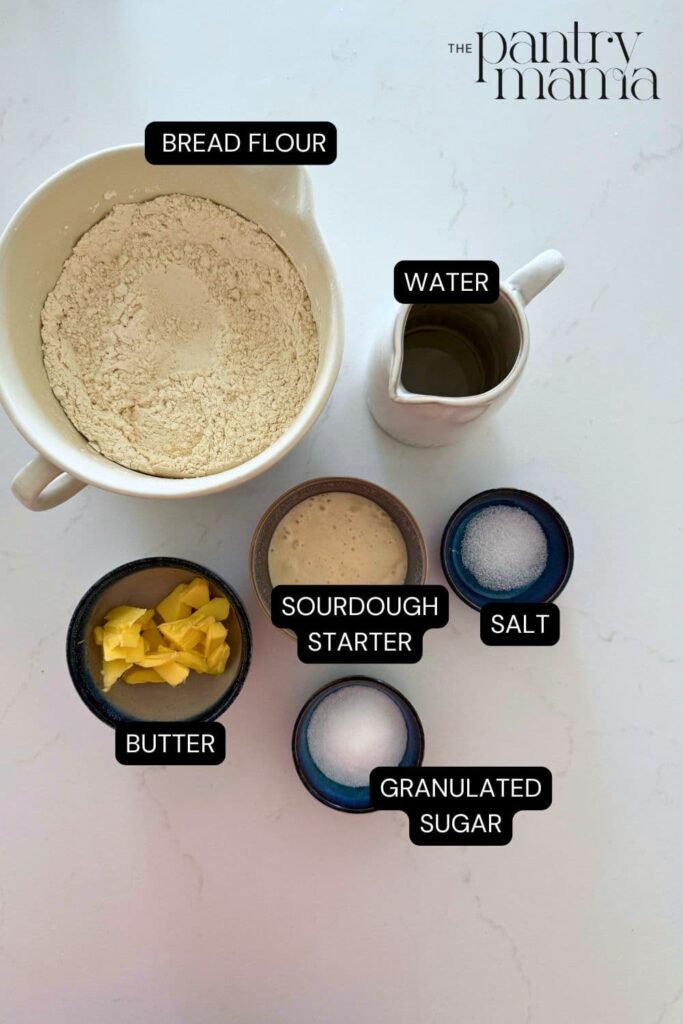
Equipment
Bread Pans - you'll need a selection of sandwich loaf pans to bake your bread. Having 2 or even 4 is a great idea if you want to bake several loaves at once. I love using USA pans and almost always bake this loaf in a USA Pan Pullman Pan (I do not use the lid) measuring 4"D x 4"W x 9"H or USA Pan 1.5 Pound Loaf Pan measuring 5"D x 10"W x 3"H.
Plastic Bread Bags - these are a great way to store your bread and fantastic if you're making multiple loaves at once. I do freeze my bread in these if I'm not freezing it for long, but if you are going to freeze your sourdough sandwich loaves for a few months, I recommend using freezer safe Ziplock bags.
Bread Slicing Guide - these are super handy if you're wanting perfectly sliced sandwich bread, although just having a great bread knife can be just as important to get even slices.

Overview: How To Make Sourdough Sandwich Bread
This sourdough sandwich bread recipe is written for a stand mixer (or Thermomix), which makes the process so much easier and saves time—something I appreciate with three kids in the house! There’s no stretching and folding involved, just straightforward kneading, which is perfect if you’re short on time. That said, you can absolutely knead this dough by hand. It does take a bit more effort to work in the butter and sugar, but it’s completely doable. However you knead it, the dough should be silky and elastic by the end, with no stickiness since this is an enriched dough.
Sourdough sandwich bread is a little different from a traditional sourdough loaf. The crumb is tighter, the crust thinner, and it doesn’t require a cold ferment. Instead, it goes through a bulk ferment followed by a second rise after shaping, where the dough fills the loaf pan at room temperature. You can delay baking by placing the dough in the fridge once it has filled the pan, though I wouldn’t leave it more than 24 hours. For the best results, it’s usually better to bake it right away.
Shaping a sourdough sandwich loaf is wonderfully simple. Once your dough has finished its bulk ferment, tip it onto the counter with the smooth side down and the sticky side up. Ease it into a rough rectangle with the short edge facing you, then gently pop any large bubbles and press it out lightly with your fingertips. Roll the dough into a log, tucking the ends under neatly, and let it rest on your work surface for about 30 minutes. After resting, tighten the log slightly by pulling it against the counter to create surface tension, then place it seam side down into a buttered loaf pan. Unlike shaping a boule or batard, you don’t need to overthink this step. If the top isn’t perfectly tight, don’t worry—the loaf will still rise beautifully above the rim of the pan and taste absolutely delicious when it comes out of the oven.
You'll find step by step instructions in the recipe card at the end of this post, as well as a video.
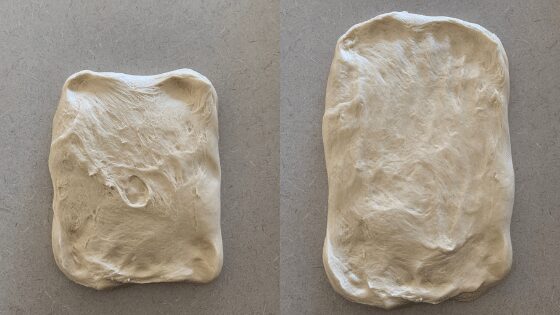

Baking Timeline
You can easily make this sourdough bread fit your schedule, it just needs a little tweaking. But since we are all about easy sourdough on any schedule here at The Pantry Mama, I've got your back! Here's the schedule I follow when making this sourdough sandwich loaf. A few things to note when thinking about tweaking this schedule:
- Bulk Fermentation - this is a low hydration loaf, as well as an enriched loaf, hence bulk fermentation and proofing will be fairly slow.
- Proofing - this loaf involves allowing the dough a second rise and you'll want to ensure the dough rises about the lip of the pan.
| TIME | PROCESS |
|---|---|
| 8:00 AM | Premix the dough and allow it to rest. |
| 8.30 AM | Add the salt, butter and sugar. |
| 9.30 AM | Knead the dough, resting when you need to. |
| 10.00 AM | Cover the dough, allowing it to bulk ferment. |
| 4.00 PM | Time to shape your sourdough sandwich loaf and place into your loaf pan. |
| 4.30 PM | Cover the pan and leave your loaf for the second rise. You want the dough to rise above the lip of the pan. |
| 9.00 PM | Bake your sourdough sandwich loaf. |
| 9.40 PM | Leave the loaf to cool on the counter overnight, ready for toast and sandwiches in the morning. |
Flavor Variations
While this recipe will never do you wrong, you can always add a few variations to make it a little more exciting! Try some of these:
- Hawaiian Loaf – Replace the water with pineapple juice for a delicious variation. It tastes quite similar to these sourdough Hawaiian rolls.
- Honey & Oat Sandwich Loaf – Add 20g of honey and 50g of oats to the mixture when you add the butter, sugar and salt. If you’d like to add oats to the top you should do so when you put the dough into the tin – spray the loaf lightly with water so the oats stick to the top.
- Multigrain Sandwich Loaf – Add 50 to 100g of your favorite seeds to the mixture when you add the butter, sugar and salt. Seeds like sesame, sunflower, pumpkin and flax work really well.
How to Store + Freeze
I make a lot of this sourdough sandwich bread! So here's how we store and freeze it in my home:
Store at Room Temperature - I use large ziplock bags or these plastic bread bags to store sliced loaves at room temperature. It lasts around 48 hours at room temperature once sliced. After that, it's suitable for toast.
Freezer - I store unsliced loaves in large ziplock bags for convenience. I tend to slice them once thawed.
Sandwiches - If you're a mama and you're making school lunches, this bread works so well! I even make a big batch of sandwiches and freeze them, making school mornings so much easier!
Things like ham and cheese, plain ham, peanut butter and jelly, honey or jam work the best when freezing. They defrost easily and you wouldn't even know they were frozen! To store frozen sandwiches, you can place each sandwich in a plastic ziplock bag. This makes them easy to place in lunchboxes in the morning.
Frequently Asked Questions
This dough is very slow to rise, so your dough may be rising, just a little more slowly than you're used to. It's not uncommon for this dough to take 12 hours for bulk fermentation. Make sure you keep the dough warm. One of the most common reasons for sourdough bread dough not to rise is that your sourdough starter is not active enough or not mature enough.
Gumminess is generally a sign that your sandwich loaf is under fermented. You'll generally see a line of under cooked dough at the base of the loaf to go along with the gummy crumb.
You can add inclusions to this recipe if you want to. I find the best time to add them is during the kneading of the dough.
This dough is very quick to knead with a stand mixer, but will take around 8-10 minutes to knead by hand.
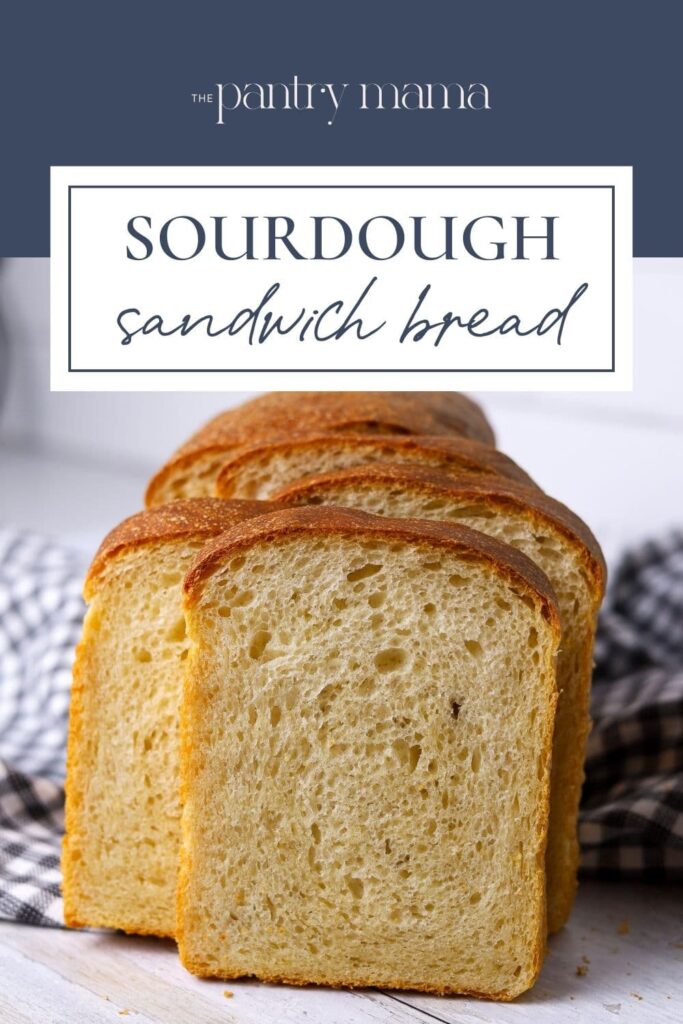
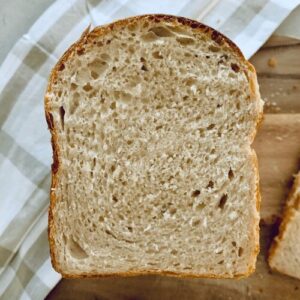
Sourdough Sandwich Bread Recipe
Video
Equipment
- Stand Mixer
- Loaf Pan (USA Pullman Pan 9" x 4" x 4" with no lid)
Ingredients
- 500 g Bread Flour
- 100 g Sourdough Starter (active, fed and bubbly)
- 280 g Water
- 60 g Butter (soft, cubed)
- 10 g Salt
- 20 g Granulated Sugar
Instructions
- Premix & Autolyse:Add your sourdough starter, flour and water into the bowl of your stand mixer.Knead the ingredients for around 30 seconds (using your dough hook) until they are just combined into a shaggy dough. Leave to autolyse for around 30 minutes.
- Now add the rest of your ingredients - salt, butter and sugar.Knead the ingredients for around 1 minute or until they are combined together. Now leave to rest for around 30 minutes.
- Kneading Your Sandwich Dough:Using the dough hook, knead the dough for around 3 minutes. The dough should become very elastic. You won't be able to see the butter as it will be well combined into the dough. Now give your dough a 30 minute rest.
- Now, knead your dough in the mixer for another 2-3 minutes. You'll know it's ready when it is slapping the sides of the bowl, it's soft and pliable and you can touch it without it sticking to your hands.If it's not quite there, it's ok to knead for a few more minutes to develop the gluten and get it to where it needs to be.
- Bulk Ferment:Once your dough is kneaded sufficiently, you need to bulk ferment it. At this point, you can just leave the dough as it is, covering it with some plastic wrap to stop it drying out. If you prefer your dough to be a bit neater, you can wet your hands and fold it into a neat ball.As with any sourdough bread, the bulk ferment time will depend on the temperature in your kitchen and of course the strength of your starter. You're looking for your dough to be just UNDER double.
- Shaping:Once your dough has finished its bulk ferment you can shape your dough. Before you start shaping, lightly butter your loaf pan.Ease your dough out of the bowl using a silicone dough scraper, remembering to have the smooth side on the counter and the sticky side facing up. You shouldn't need any flour for this as your dough shouldn't stick (it's such a beautiful silky, enriched dough).Gently ease your dough out into a rough rectangle, with the shortest side in front of you.Pop any large bubbles and gently flatten the dough using your fingertips. Then roll the dough up into a log (using the short side) and tuck the ends under. Leave the dough to sit and relax for around 30 minutes. After 30 minutes, tighten up the log by pulling the dough a little, using the sticky underside to create tension. Then simply plop the log into your buttered pan.
- Second Rise:Once your bread has been shaped and is in the tin, you'll need to let it rise again so that it fills up the shape of the pan. This should only take a few hours, but like the bulk ferment, this will depend on the strength of your starter and the temperature of your kitchen. You'll know it's done when it's risen above the lip of the pan (if you're using an open pan). It will be rounded on the top. When you poke it it will leave a slight indent but spring back nice and slowly. If you shaped it quite tight, you'll see some tension on the top of the dough as it's risen.
- Baking Your Sandwich Bread:Preheat your oven to around 180C/350F. Bake your sourdough sandwich loaf for approximately 40 minutes or until the top is golden brown. It may take a little longer depending on your oven. Once the loaf is baked, carefully place it on a rack to cool. Try to leave it at least one hour before you slice into it.
Notes
Nutrition



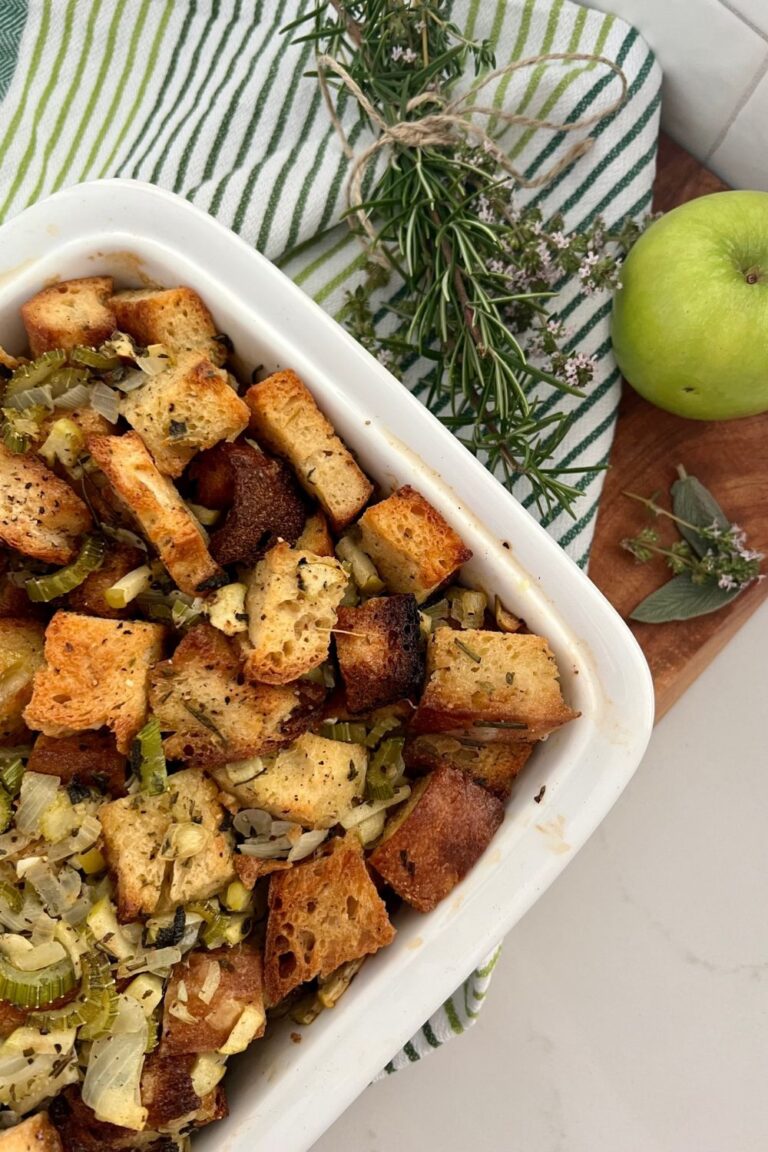
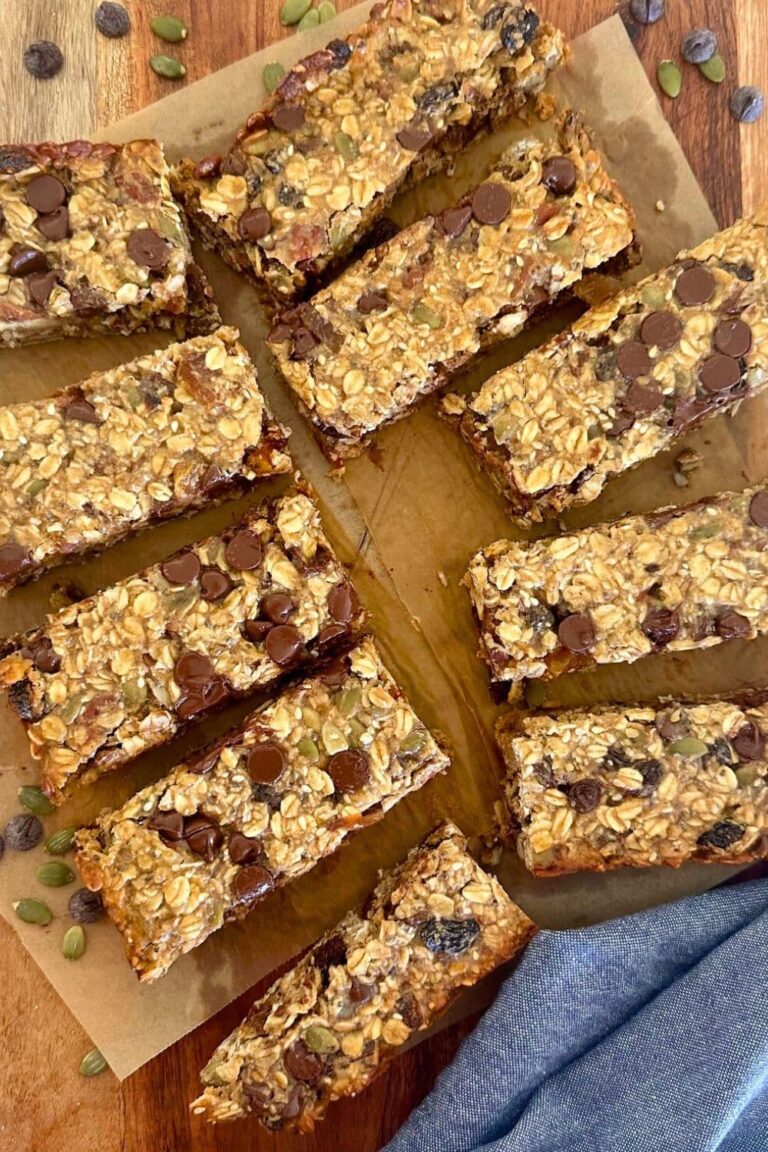


If I want to wait overnight, can I refrigerate after the second rise?
Is butter/oil necessary? Can it be replaced with anything that isn’t an oil? I sub applesauce for butter in cakes, for example! Thank you.
What can we do if we don't have a dough hook?
Can this be made with whole wheat instead of all bread flour?
You can but you'd need to increase the water content 🙂
I’m be tried this recipe a couple of times and the dough is always super sticky and messy. It says that the last round in the mixer, it shouldn’t be sticking to the bowl, but mine is still very runny and sticky. Any ideas what’s wrong? It’s fairly cool in my kitchen, so I don’t think it’s a temperature issue.
If I use 400g bread flour, and 100g whole wheat flour (both king arthur variety), how should I increase the water? And would it still be soft?
I would just leave the water as is and see how it goes. You can wet your hands a little, just to moisten it a little if needed. Yes, it will still be soft.
Thank you for recipe...love it. Also the Discard one. However I googled the bread bags you recommended on Amazon and it is stated " NOT SUITABLE FOR FREEZING" ?????
Thanks for this recipe! This is a long day bread. Can I put the dough in the fridge after the bulk ferment and do the rest the next morning? If yes, is it better to shape it and put in tin first? Thanks!
Hi Kate, could you swap out some of the regular bread flour for wholemeal and if so, would you just make the total flour up to 500g and leave water as is?
thanks Karen
Should the butter be cold or room temperature? Thanks!
Should the butter be chilled or at room temperature?
Hiya, just wondering if this is a recipe that could be left to ferment in the fridge? We don't have the freezer space to bake and freeze, but would love to have a fresh loaf mid week.
My dough will not come away from the sides of the bowl. It’s way too sticky! Not sure if I should just keep kneading or not.
What happens if i didnt let it do a full 2nd rise and put in fridge ? When i bring it out will it be okay and rise more again or did i mess it up doing that ?
Can you use a stoneware loaf pan?
Can I place this in the fridge after 2nd rise, leave it overnight, and bake in the morning?
How do you figure out how many calories per slice?
Can I just shape the loaf, put in the pan, cover so it doesn't dry out and rise till it clears the pan edge? It seems like the extra handling will deflate the dough. (ie skip the roll,rest,tighten & pan,rest then rise). I have a nice 77f spot. Can you give me any idea on how long for the pan to fill so I can figure out when to start the pan rise? (Even a min max will do)
Can I use a bread machine for the mixing and dough? My mixer isn’t strong enough to handle sour dough. I’ve used your recipe for the bread machine loaf, but prefer the shape I get when using an actual loaf tin.
Oh my God... oh my dear Kate... This loaf made my day... At first I thought I wouldn't make it, that this was one of those days when it's best to stay in bed. But not. When I took the loaf out of the oven, it was the moment when my heart skipped a beat. I didn't wait 90 minutes for it to cool down. I admit that I didn't even wait 9 minutes, and I already cut it and spread strawberry jam on it.
After autolyzing, I transferred the dough to a bread maker with commercial yeast, turned on the program: knead only and kneaded for 30 minutes. Then everything continued as you said. And boom, after the first minutes of baking, an intoxicating smell spread through the house.
Thank you so much for the knowledge, skills and recipes you share with us. Warm greetings from Dragana from Serbia. 🌷🌷🌷
I am wondering if I can do this recipe 1 1/2 amount and bake in a 10x5x3 loaf pan? Or triple and make the amount into 2 loaves for that size pan? Thank you.
What temperature is the butter when adding? Cold or room temperature? Thank you!
This is a great recipe, thanks! I used the milk powder, which I'll continue to do, but would unflavoured whey protein powder be OK to use instead if I wanted to?
Bread came out beautiful and delicious! Love this recipe!
If I made 4 loaves at once, can I bake all at once for 40 mins still? Or do I need need to bake I individually for 40 mins?
You could bake them all at once for 40 minutes no problems 🙂
I love this bread recipe! My mom has to remake it quite quickly given me and my siblings eat the loafs so quickly!
Love the flavor! But my dough is always very sticky. I'm using a stand mixer for kneading, and I cannot get the dough to be slapping the bowl with no sticking. It's not even close after the 3 minutes. I'm worried about over working the dough, but if I just let it keep going at speed 2 (kitchenaid) with the dough hook, will it eventually get there?
This is my second time trying the recipe and having unworkable sticky dough. I just had to dump it into the pan after the bulk rise instead of trying to shape it. I don't know what I'm doing wrong. Could there be a problem with my four? I shop at aldi, and all I can find there is basic, all purpose flour.
Any advice would be appreciated! I'm still new to sourdough
First: thank you for all the ways you've saved my sourdough-ing! From this recipe in particular, we haven't needed to buy crappy store bread in 2 years! One question please: I've been using powdered butter recently in some sweet baking recipes with good results. Do you think that could work with this dough, and if so, would I simply increase the water? Thank you!
We haven't tried, but I bet that would work. You may not need any additional liquid, but add a bit if the dough seems dry. 🙂
I don't have a bread mixer. Cab you give some guidelines on hand kneading times
Can you do the last raise in the fridge?
Can I double the recipe
I’ve been making sourdough bread for 3 months and your recipes are wonderful. Thank you.
Before I invest in pullman tins for sandwich bread what are the alternatives? I have a PC stoneware loaf pan and a glass loaf pan….Will they work?